Preparation is the Secret to a Great Tiled Finish
If you are reasonably competent at DIY then tiling your own walls or floor should be fairly straightforward; of course, some aspects of tiling are harder than others – if you choose large porcelain tiles for an awkward space you may find cutting them to shape a nuisance but, providing you have made a sensible choice for your room and your own capabilities then there is no reason why an amateur cannot achieve a professional-looking finish.

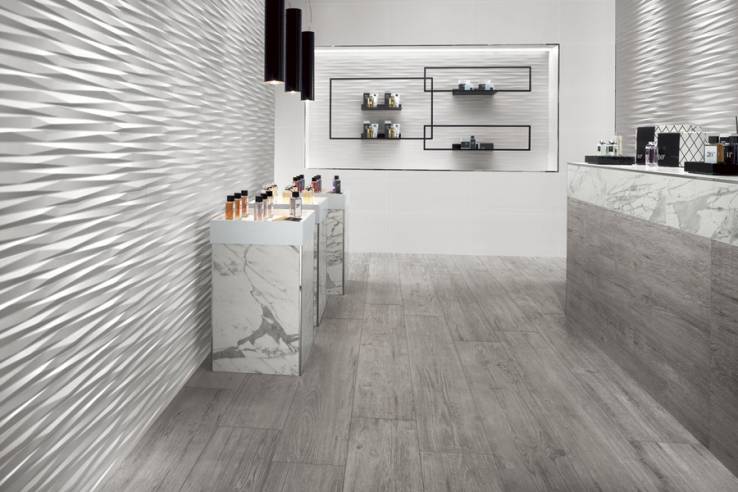

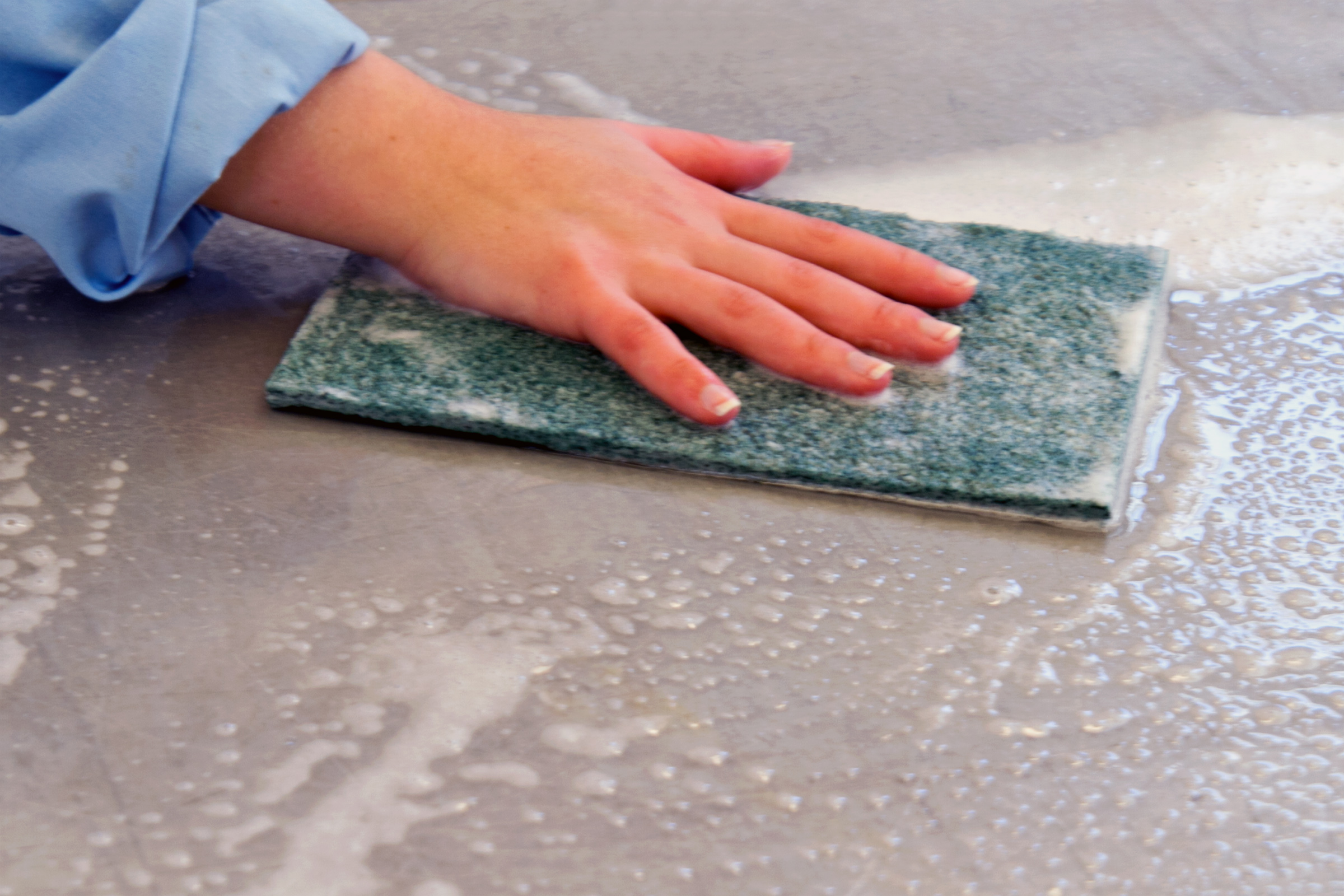
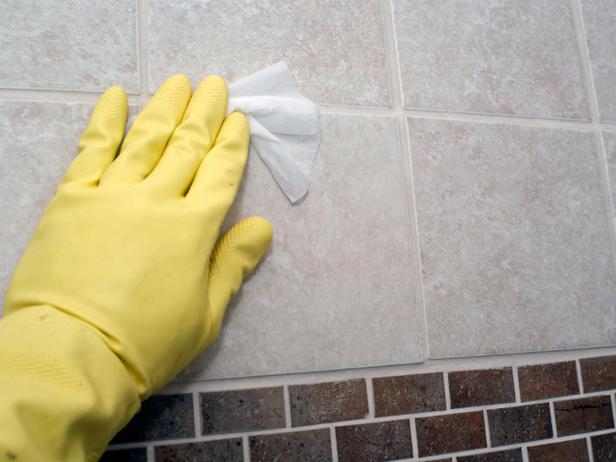
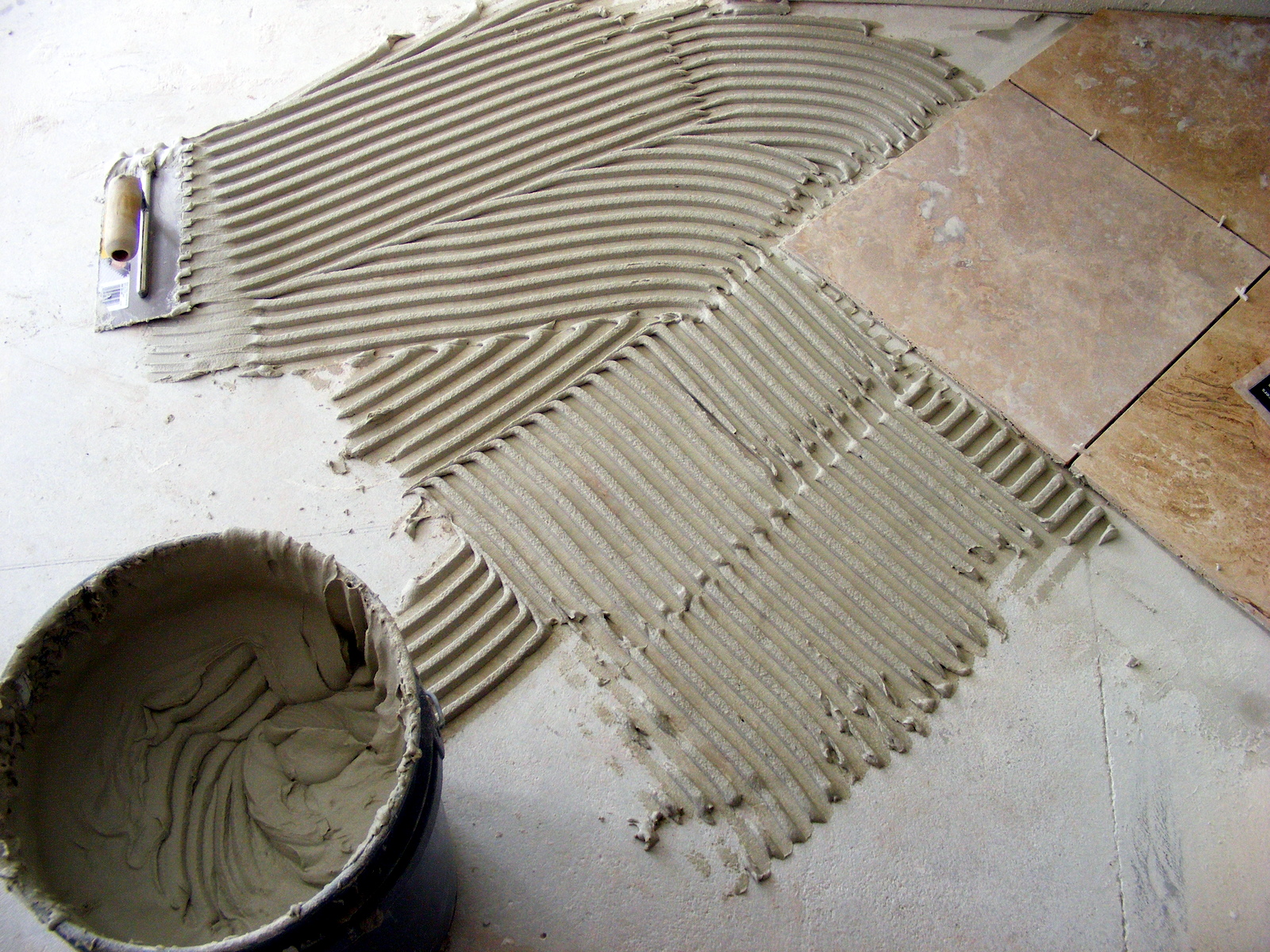
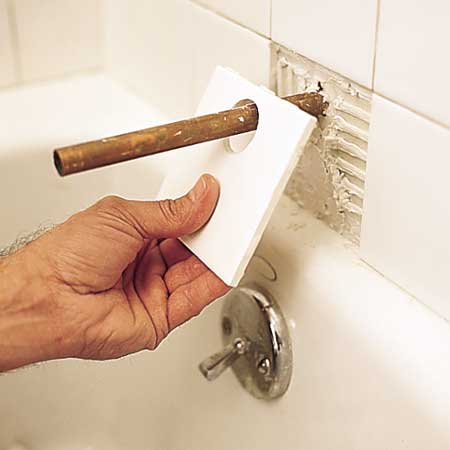
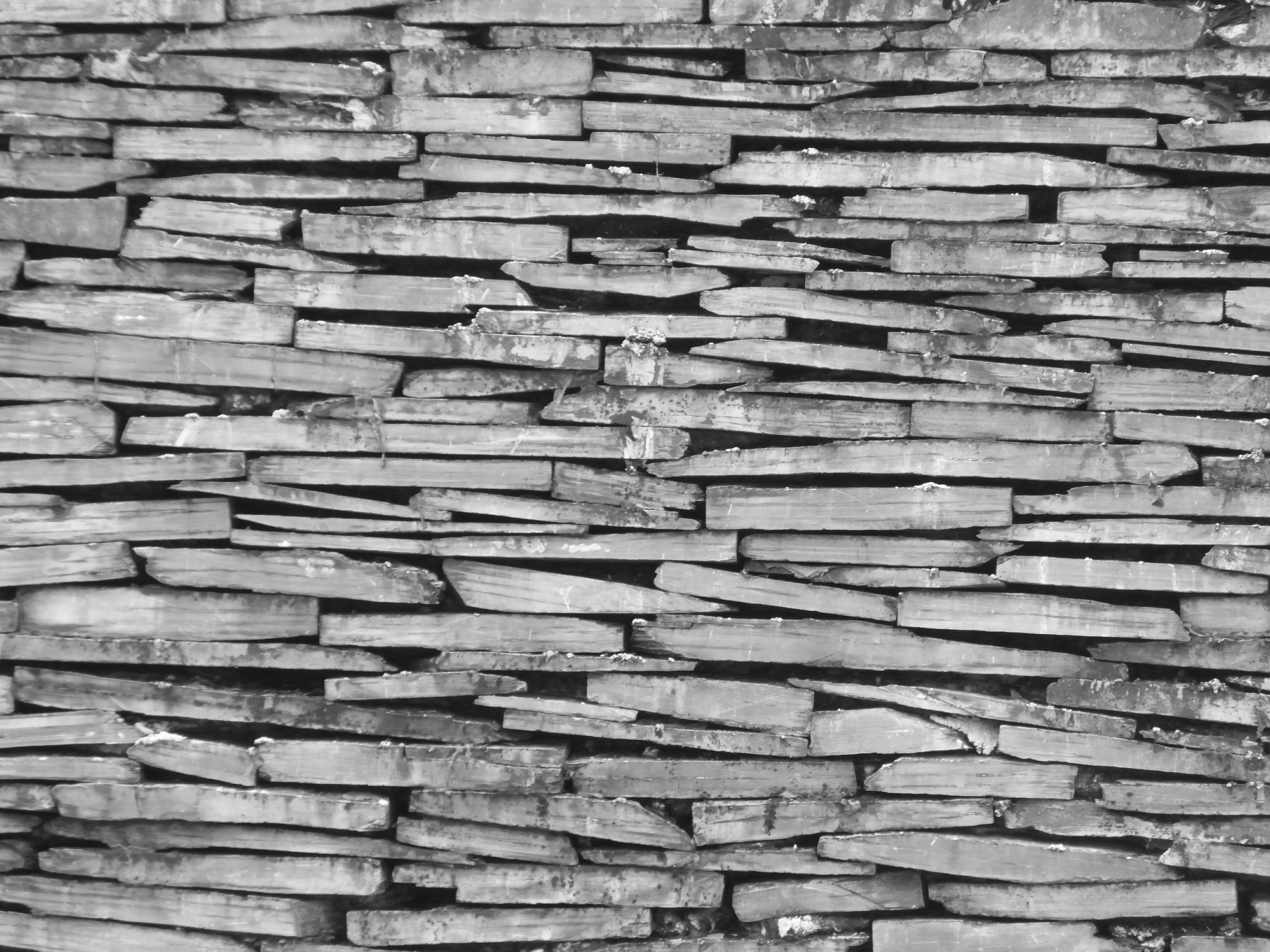
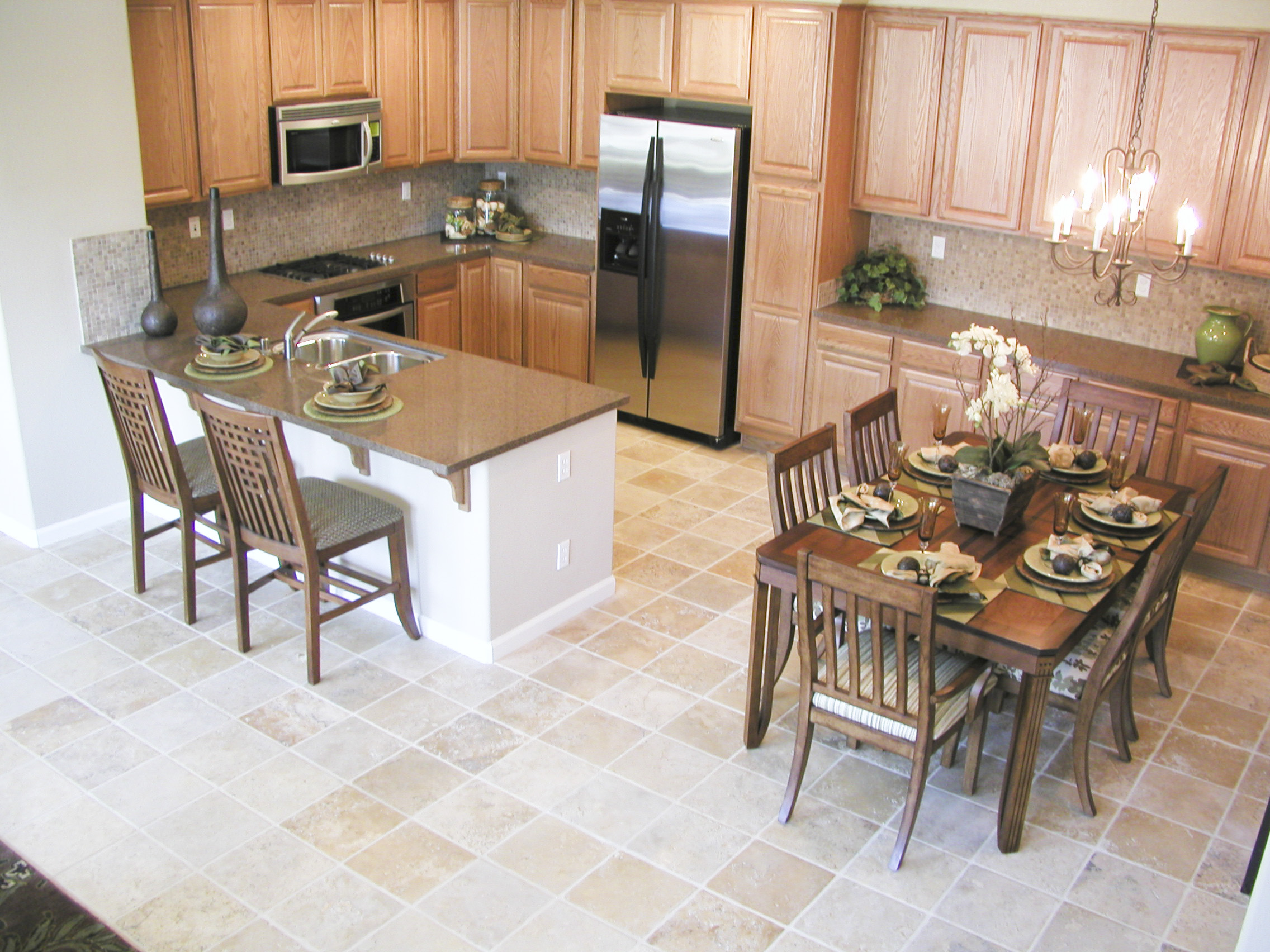
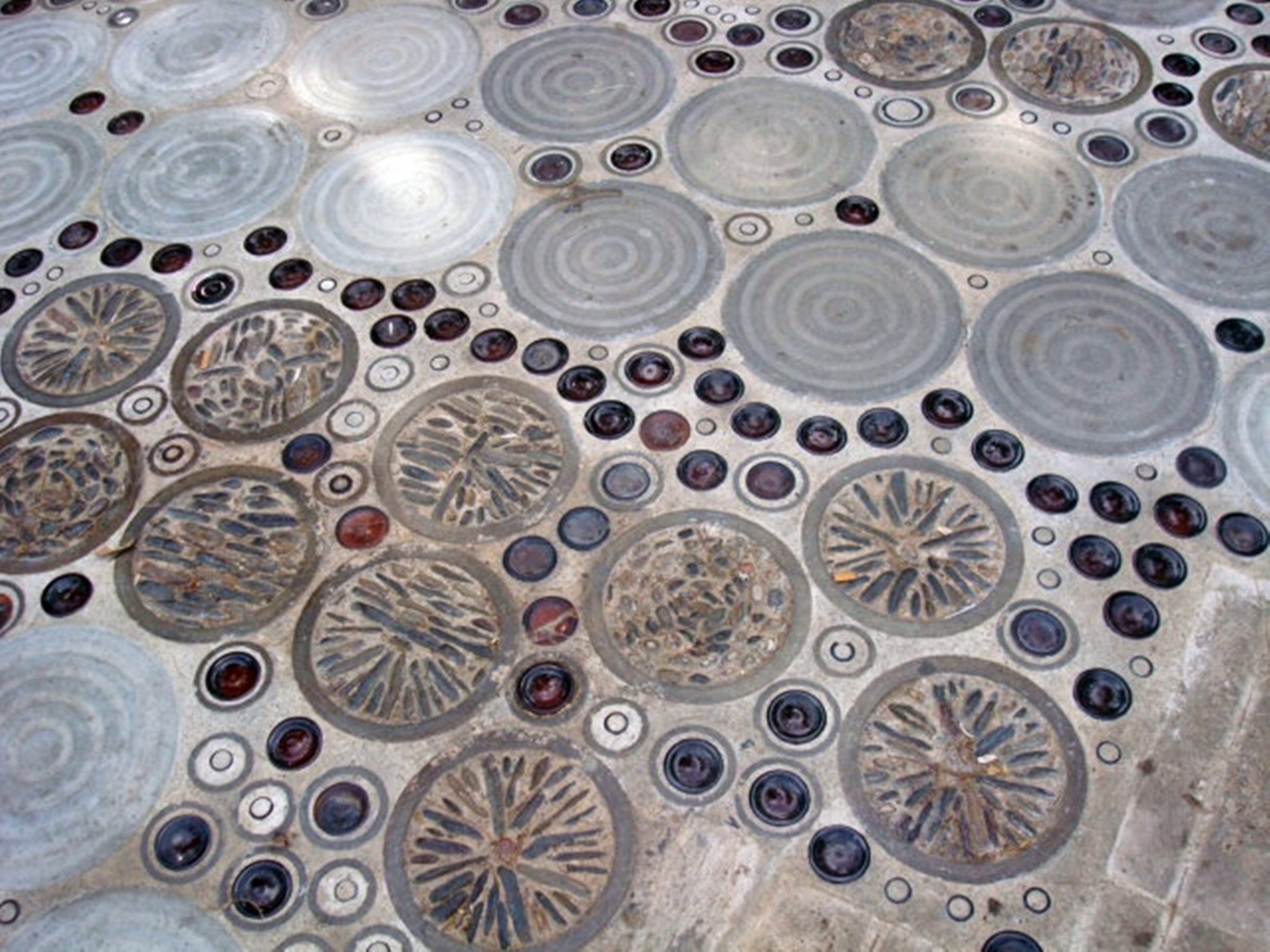
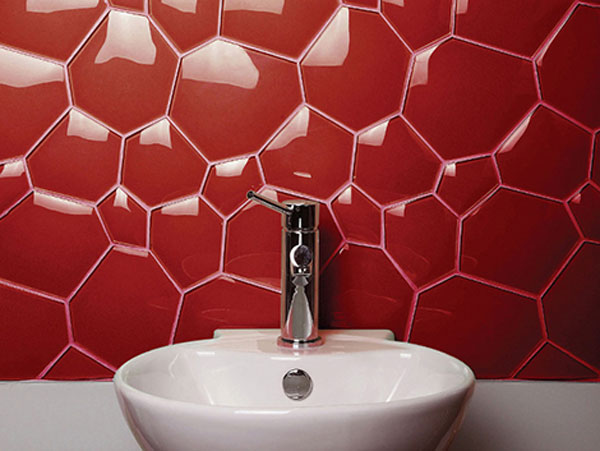
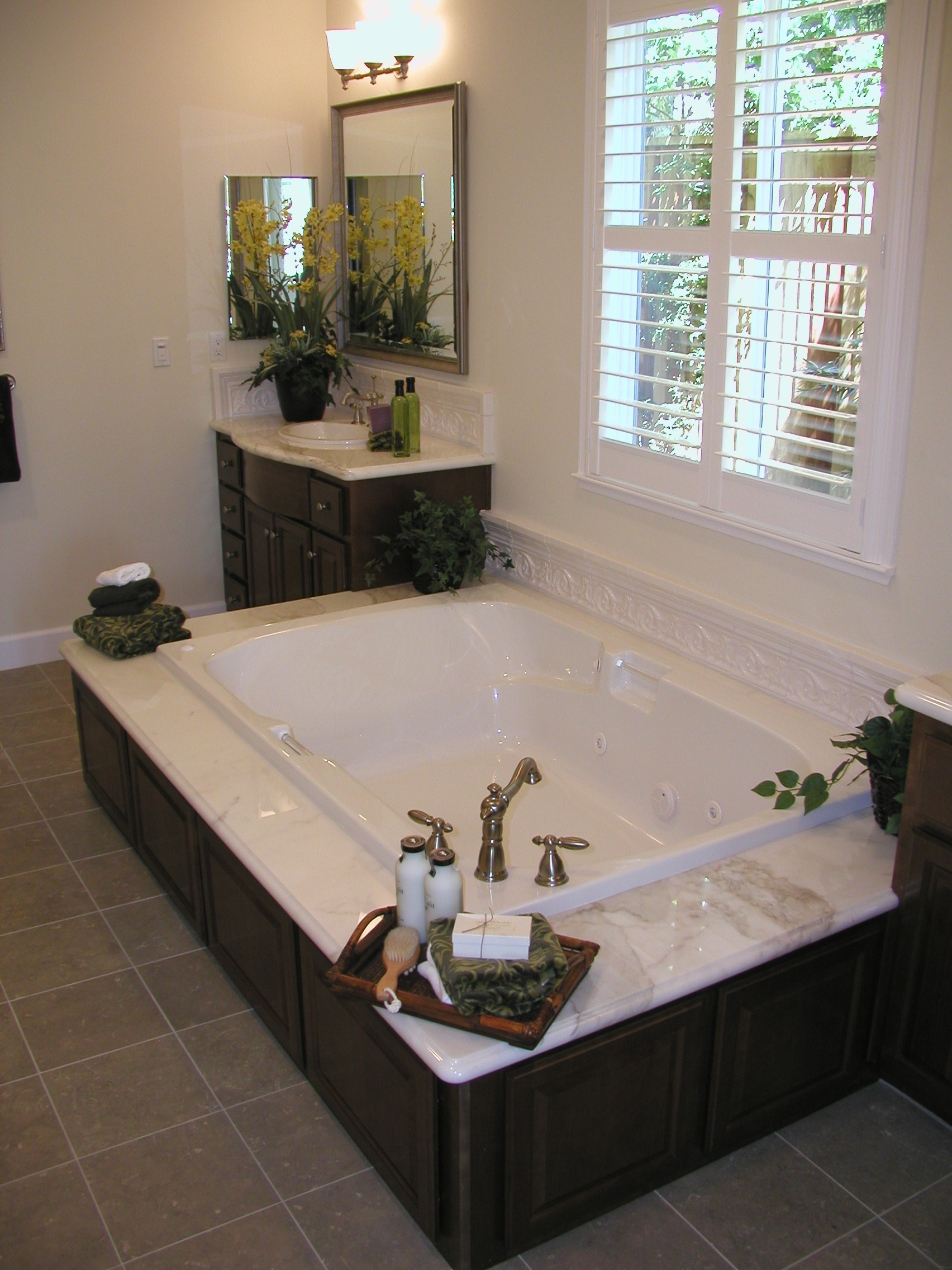
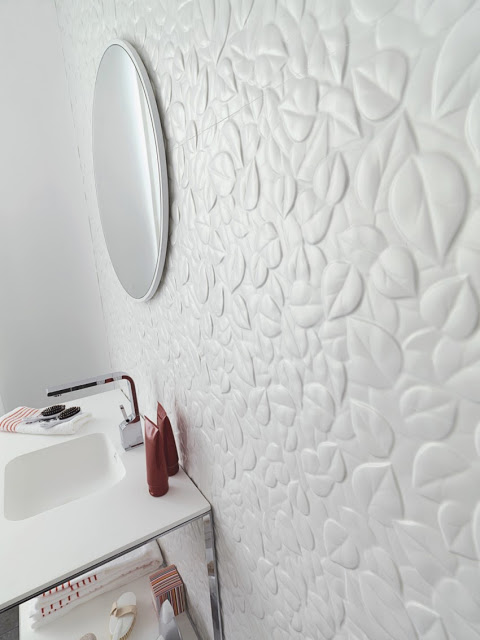
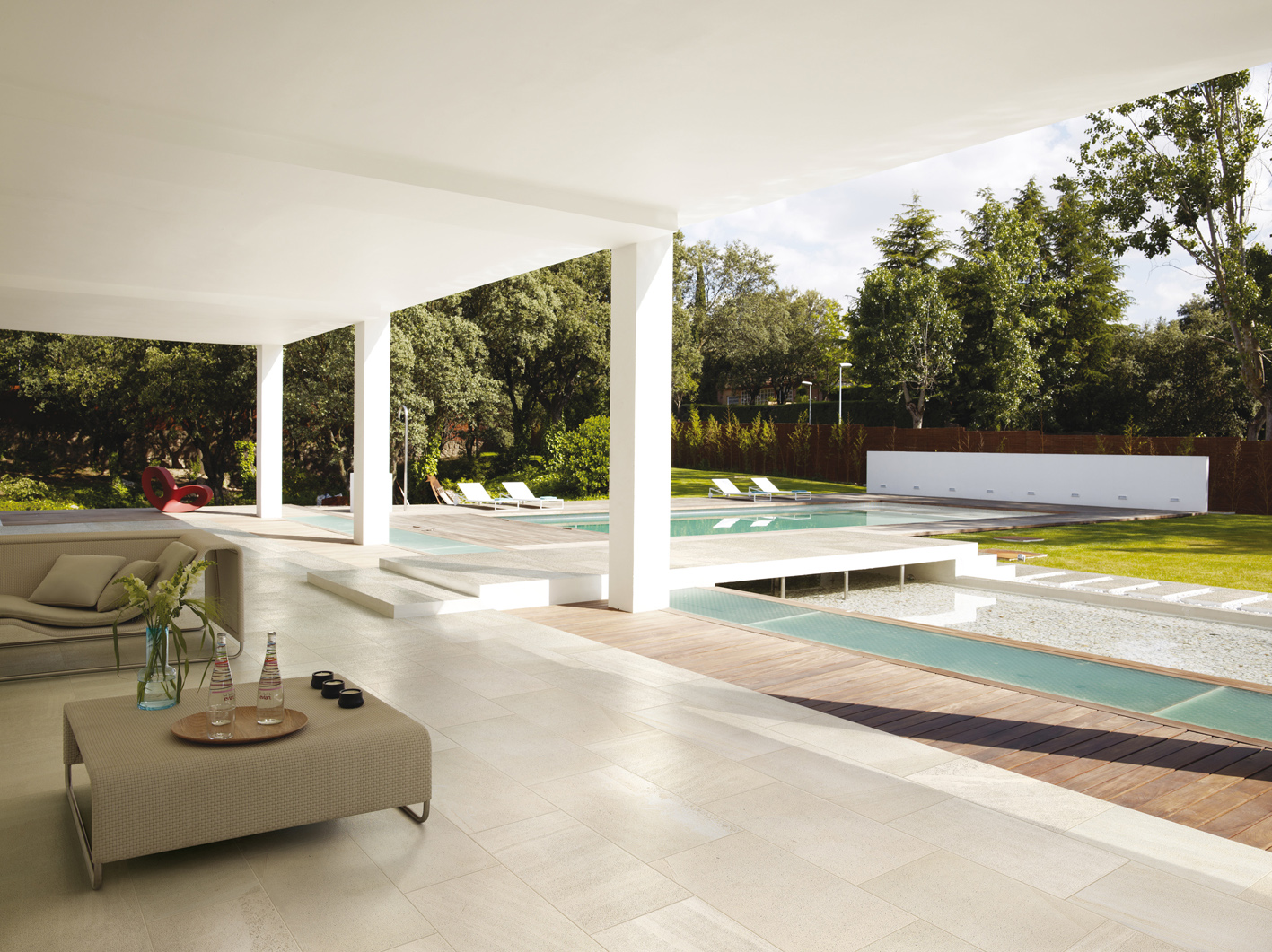
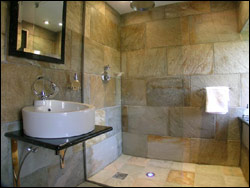
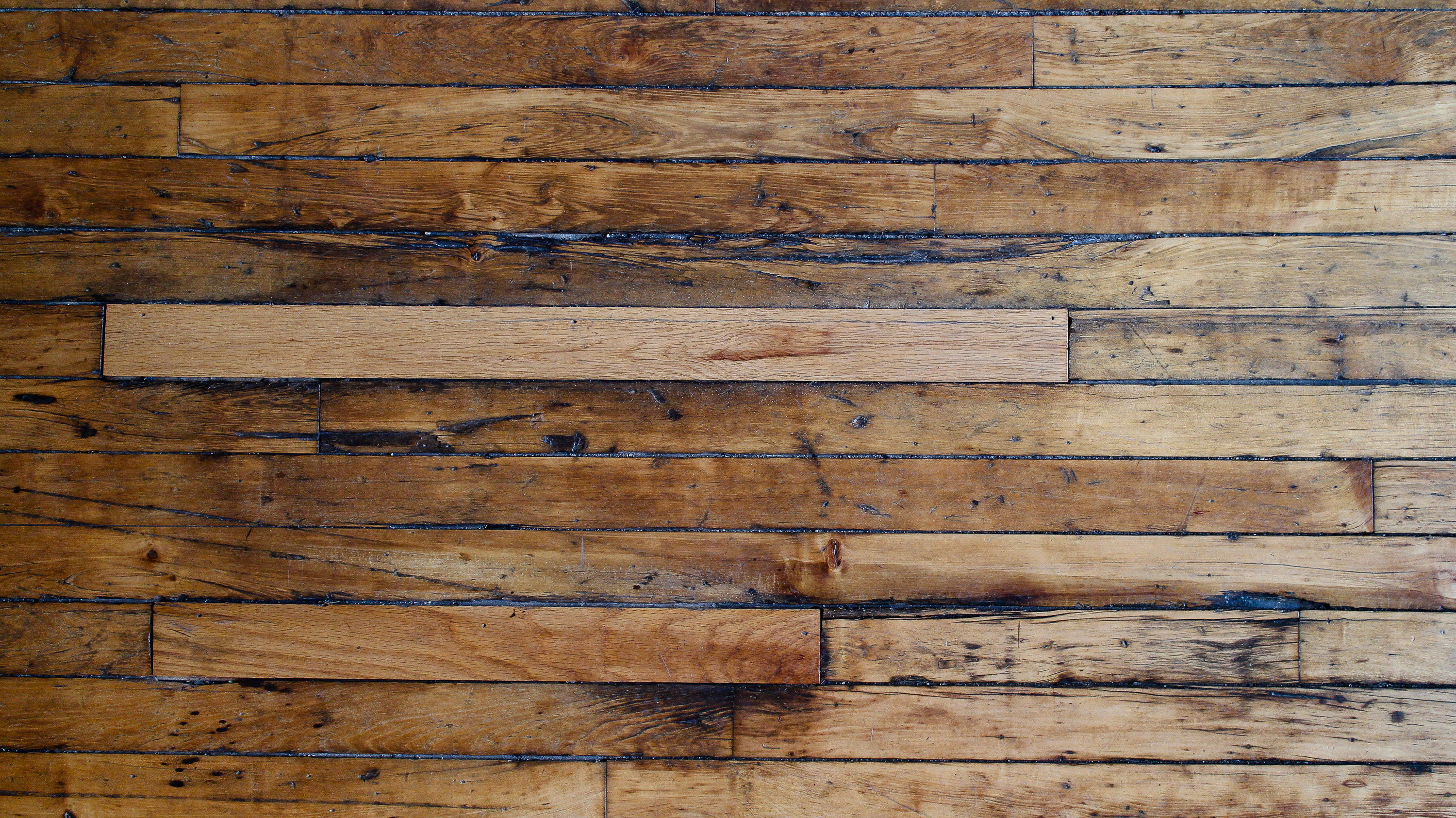
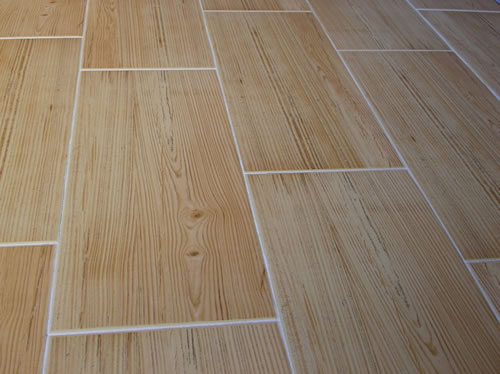
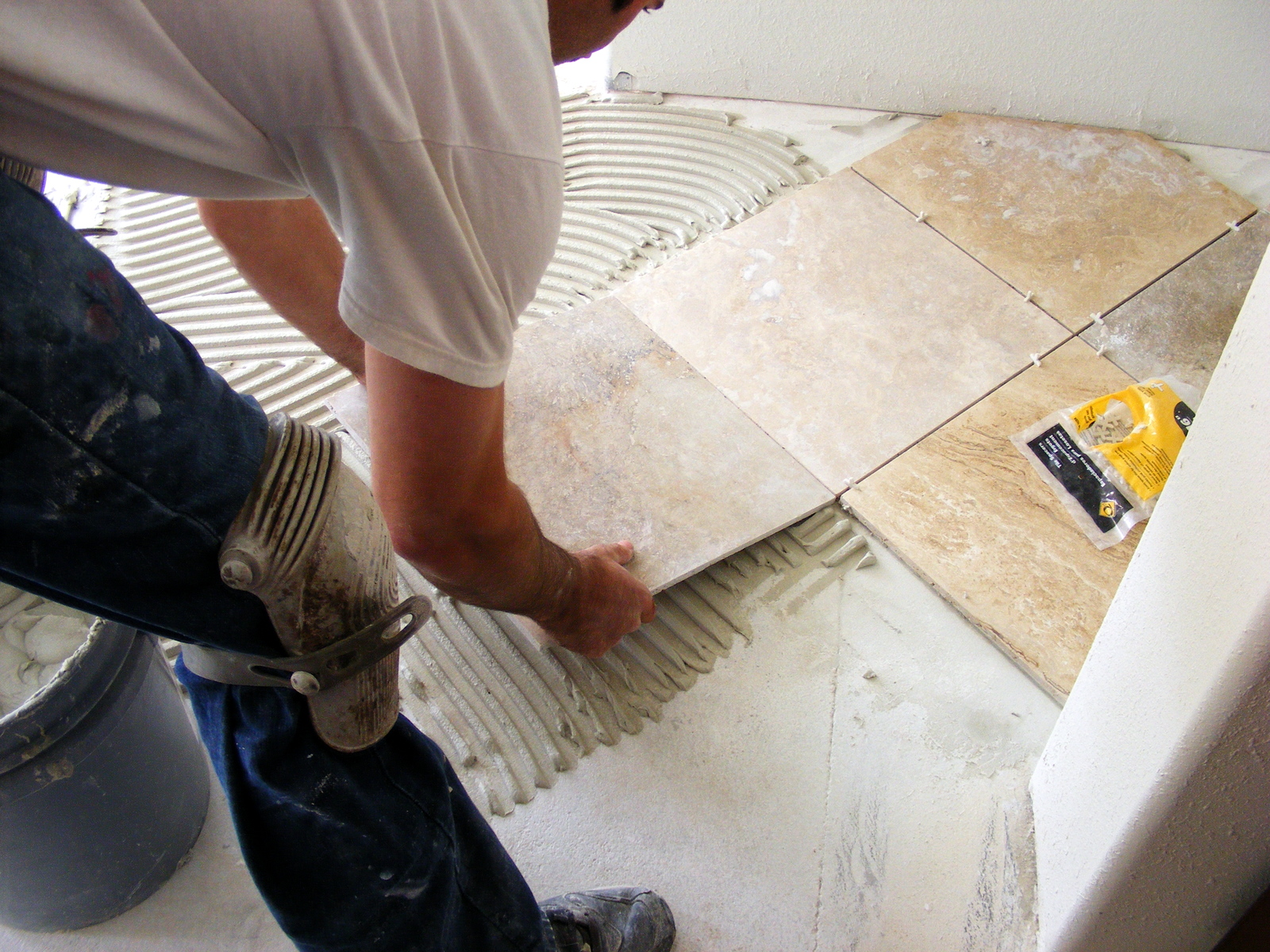
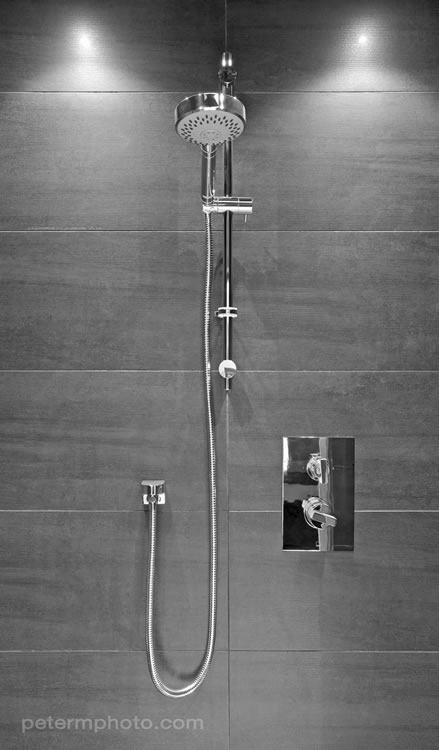

Recent Comments